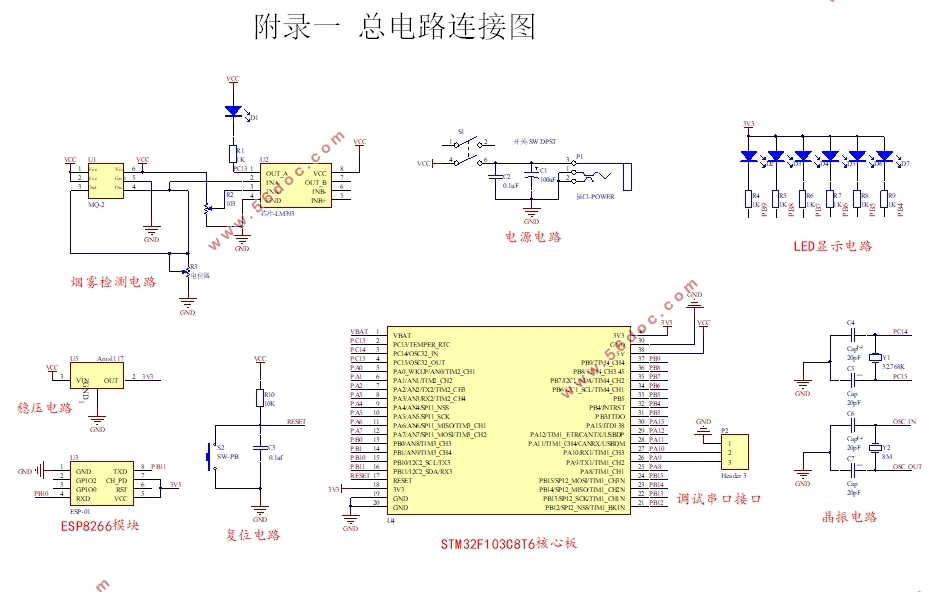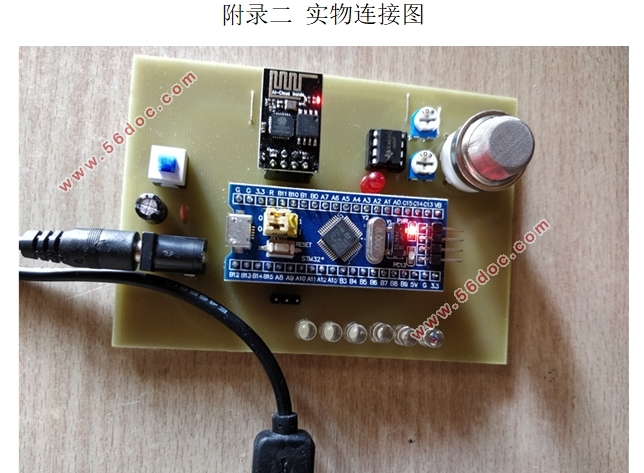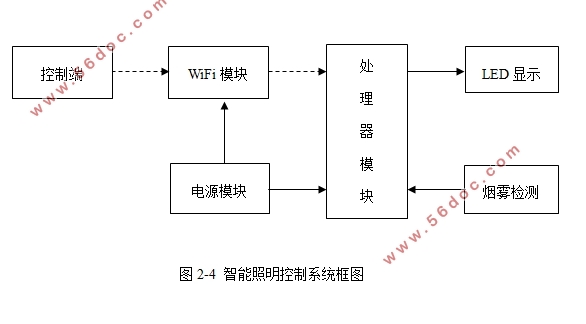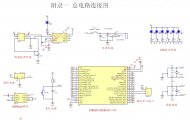基于WiFi的智能照明控制系统设计
来源:56doc.com 资料编号:5D26821 资料等级:★★★★★ %E8%B5%84%E6%96%99%E7%BC%96%E5%8F%B7%EF%BC%9A5D26821
资料以网页介绍的为准,下载后不会有水印.资料仅供学习参考之用. 密 保 惠 帮助
资料介绍
基于WiFi的智能照明控制系统设计(任务书,开题报告,论文11400字)
摘 要
智能家居就目前市场来看欣欣向荣,作为其中的一方面,智能照明自然也是十分抢手。本课题利用Android系统平台和WiFi无线技术,设计并实现了一个智能照明控制系统,是为了真正地实现照明控制自动化,并且还可以节能环保。本文先是大概阐述了设计该系统的缘由;接着从总体上对实现本系统的软硬件方案选择进行了详细论证,其中硬件部分有处理器模块、通信模块、显示模块和信息采集模块,软件部分则是简要介绍了作为上位机的Android开发平台和对主控器进行编程的Keil平台;然后详细说明了软硬件部分完成系统功能的具体实现;最后展示了本系统整体功能调试的结果,成功实现了智能照明控制。
关键词:智能照明;Android平台;WiFi技术;单片机
Design and Implementation of Intelligent Lighting Control System Based on WiFi
Abstract
Smart homes are thriving on the current market. As one of them, smart lighting is also very popular. This project uses the Android system platform and WiFi wireless technology to design and implement an intelligent lighting control system, in order to truly achieve lighting control automation, and can also save energy and environmental protection. This paper first expounds the reason of designing the system; then it makes a detailed demonstration of the choice of hardware and software solutions for the implementation of the system. The hardware part includes a processor module, a communication module, a display module, and an information acquisition module. The software part is a brief introduction of the Android development platform as a host computer and the Keil platform for programming the host controller. Then it explains in detail the specific implementation of the system functions achieved by the hardware and software. Finally, it shows the results of the overall system debugging and successfully implemented Intelligent lighting control.
Key Words: Smart Lighting; Android Platform; WiFi Technology; MCU



目录
摘 要 I
Abstract II
第一章 绪论 1
1.1 选题背景和意义 1
1.2 智能照明发展现状和趋势 1
1.2.1 国内外研究现状 1
1.2.2 发展趋势 2
1.2.3 现存问题 2
1.3 课题任务 3
1.4 论文结构安排 3
第二章 系统方案设计 4
2.1 通信方案选择 4
2.2 系统功能 6
第三章 系统硬件设计 8
3.1 处理器模块 8
3.1.1 处理器方案选择 8
3.1.2 STM32单片机简介 9
3.1.3 电路实现 9
3.2 WiFi模块 11
3.2.1 ESP8266芯片简介 11
3.2.2 WiFi模块实现 12
3.3 显示模块 13
3.4 信息采集模块 14
第四章 Android平台 16
4.1 Android平台简介 16
4.1.1 Android平台基础知识 16
4.1.2 Android平台开发环境 16
4.2 Android平台实现 17
4.2.1 登录界面 17
4.2.2 主界面 18
第五章 系统软件设计 19
5.1 总体流程 19
5.2 WIFI通信流程 20
5.3 主控工作流程 21
5.4 烟雾检测流程 22
第六章 结果与调试 23
6.1 ESP8266模块测试 23
6.2 通信测试 24
6.3 烟雾检测 25
第七章 总结与展望 26
参考文献 27
附录一 总电路连接图 29
附录二 实物连接图 30
致谢 31
|







